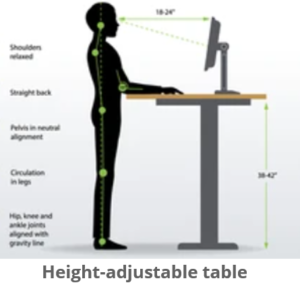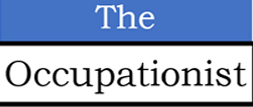Should a project make the people involved in it sick during its execution or even after completion, and should it make sick those who occupy it subsequently?
Sickness during project and afterwards generally happens but are often overlooked because of:
- lack of awareness
- its mild nature
However, they can be frustrating and even lead to sickness absenteeism.
Activities improperly planned from health point of view often lead to discomfort or sickness in people involved, during the project, and subsequently.
Where there are people, there will be health issues, and where there is work, there will be work-related health issues.
Hence, health of people involved in the project during and after, and of those who would subsequently occupy the building and use the equipment therein needs to be accounted for early on.
Activities improperly planned from health point of view often lead to discomfort or sickness in people involved, during the project, and subsequently.
Any project, big or small, involves people, who contribute right from start to the finish. A project involves processes, making of building(s) and/or use of various equipment by the people.
As an example, take the case of an office project – when a new office is built on a turnkey basis it is important for the contractor to care about health of workers involved in the project and subsequently for the occupants.
It is possible to take care of the health of workers and occupants only if professional Occupational Health advice is sought for. Else, it is not uncommon to hear about pain-points from workers working on the project and subsequently from the employees regarding working conditions and use of equipment.
In the project phase, there will be dust due to cutting tiles and stones in a closed area and use of cement. Adhesives will be used to glue the carpet to the floor, and there is use of venetian blinds on the windows. Chairs and tables will be required to be installed.
Most of the workers will fall ill during the execution of the project if health risk assessment (HRA) is ignored. HRA leads to mitigation of the health risks identified. Else, workers can have a tough time working as it could be hot and humid or extreme cold. There are ventilation issues for the workers, and sufficient breaks to be given to workers should be borne in mind.
A few things became noticeable when the newly completed office facility was ready for purpose and handed over. The office opened and the employees started occupying their seats.
Soon it was found that venetian blinds ware unable to reduce the glare due to reflection of sun falling on the computer screen of some employees and since it was thin it was unable to reduce external heat due to sun which the air-conditioner was unable to handle.
The chairs were not ergonomically designed, as a result the employees started to complain of aches and pains. Later the management realized that at least few of the tables should have been adjustable so that some employees could even stand and work.

Ultimately, the management had to change the venetian blinds, the chairs and install some adjustable tables, all at an extra cost by eventually involving an OH physician whose decisions helped them overcome the health risks mentioned above that were causing discomfort at workplace.
The office project is a small example about how inputs from OH professionals can bring about lasting impressions in their employees regarding company’s inclinations towards employee health and wellness.
The author was involved proactively in bigger projects to provide occupational health (OH) inputs while setting up of new oil and gas facilities (both in remote locations and cities). He was also involved in providing OH inputs during mobilization and demobilization of camps inhabiting thousands of employees.
Inputs from an OH physician at an early stage of a project prevent work-related illnesses and the cost therein due to sickness absence and loss of productivity. Such inputs also have tremendous reputational benefits to the organization.
In customer-facing projects, like offices, housing, parks, museums, cinema halls etc. it helps of the inputs of an OH physician are taken into account as these are places where people expect comfort and ease of working, living or entertaining.
To know more or to seek inputs, MSMEs and large corporations may contact
_________________________________________________________________________________________________________
Dr Ajay Sati is an Occupational Health physician who prefers to describe himself as an Occupationist, to denote, ‘an expert in diseases and other concerns of occupations’. Dr Sati has managed health and wellness programs in industries he worked, like the atomic energy, and energy (oil & gas) in India and overseas. He was involved in many greenfield and brownfield projects providing inputs from health point of view. Known for SOPs and protocols, he is currently involved with an energy MNC in designing protocols to support employees during the covid pandemic, and protocols to safely reopen offices and plants.



